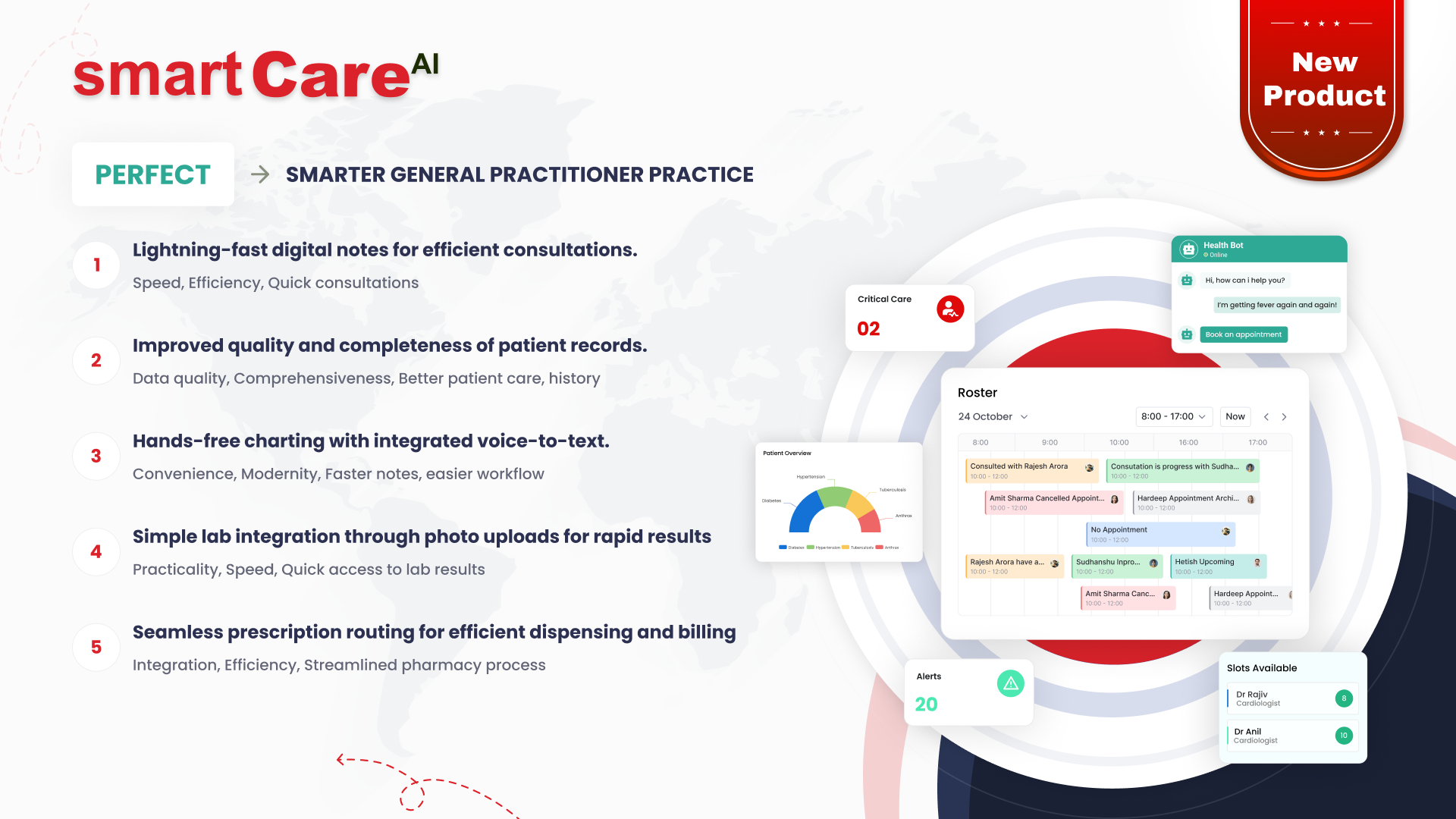
Posted On March 12, 2025
What Are the Must-Have Features in a Healthcare IoT Security System
The healthcare industry is increasingly adopting Internet of Things (IoT) devices to improve patient care, streamline operations, and manage medical equipment efficiently. While these connected devices bring many benefits, they also introduce security risks. Protecting patient data and ensuring device reliability is vital. This blog outlines the essential features every healthcare IoT security system should have to safeguard sensitive information and maintain patient trust.
Why Is IoT Security Important for Healthcare?
Healthcare institutions handle vast amounts of sensitive data, including patient records, medical history, and billing information. IoT devices, such as smart monitors, infusion pumps, and wearable health trackers, collect and transmit this data continuously. If these devices are not secured, they become vulnerable to cyber-attacks. A security breach could expose patient information, disrupt medical services, or even compromise patient safety. Strong IoT security ensures data integrity, system reliability, and patient confidentiality.
How Does a Secure IoT System Protect Patients’ Data?
A robust IoT security system plays a crucial role in protecting patients’ personal and medical information. It establishes a secure network environment where data is transmitted safely between devices and healthcare platforms. Secure systems prevent unauthorised access and ensure that data is not altered or intercepted during transmission. This helps maintain trust between patients and healthcare providers while complying with data protection regulations.
What Role Does Real-Time Monitoring Play in IoT Security?
Real-time monitoring is a critical feature of any healthcare IoT security system. It continuously tracks network activity, device performance, and data flow. If any unusual activity is detected, such as unauthorised access or data breaches, the system alerts administrators immediately. Early detection allows swift action to prevent potential damage, ensuring patient care remains uninterrupted. Real-time monitoring also helps identify system vulnerabilities before they can be exploited.
Why Strong Data Encryption Is a Must for Healthcare Devices
Data encryption is essential for securing information transmitted between IoT devices and healthcare systems. Encryption transforms sensitive data into unreadable code that can only be decoded with the correct encryption key. This prevents hackers from accessing or tampering with the data, even if they intercept it. End-to-end encryption is particularly crucial when handling medical information, ensuring that data remains secure from the point of collection to storage.
How Access Control Keeps Unauthorised Users Out
Access control is another vital security feature for healthcare IoT systems. It restricts access to devices and data based on user roles and responsibilities. Only authorised personnel can view, modify, or manage specific information. Multi-factor authentication (MFA) adds an extra layer of security by requiring users to verify their identity through multiple steps, such as passwords, biometrics, or security codes. Access control minimises the risk of internal and external threats, protecting both patient privacy and system functionality.
What Makes Automatic Threat Detection Essential in Hospitals?
Healthcare environments operate around the clock, making them vulnerable to cyber threats at any time. Automatic threat detection helps identify suspicious activity in real-time, allowing swift action to prevent potential breaches. This feature continuously scans the network, analysing data patterns and flagging any unusual behaviour.
By quickly detecting threats, healthcare providers can respond before damage occurs, ensuring patient data remains safe and hospital operations continue without disruption.
Why Regular Security Updates Safeguard IoT Systems
Hackers often exploit outdated software to gain access to systems. Regular security updates are crucial in closing these vulnerabilities. A healthcare IoT security system should support automatic updates to ensure devices and networks stay protected against emerging threats.
Routine updates not only fix known issues but also enhance overall system performance, giving healthcare providers peace of mind that their security measures are always up to date.
How Secure Device Authentication Prevents Cyber Attacks
Unauthorised access is a common cause of data breaches in healthcare. Secure device authentication verifies that only approved devices and users can connect to the network. This is achieved through strong passwords, multi-factor authentication (MFA), and digital certificates.
Implementing robust authentication processes reduces the risk of unauthorised entry, helping healthcare facilities maintain control over their IoT ecosystem and safeguard patient information.
Why Backup Systems Matter in Healthcare IoT Security
Data loss can have severe consequences in healthcare, from disrupting patient care to violating data privacy regulations. Backup systems ensure that critical information is stored securely and can be quickly restored in case of a cyber attack, hardware failure, or human error.
An effective IoT security solution should include regular data backups, both on-site and in secure cloud storage. This guarantees data recovery even in the event of a system compromise.
How Compliance with Healthcare Standards Ensures Safety
Healthcare is a highly regulated sector, with strict guidelines for data protection and patient privacy. An IoT security system must comply with industry standards such as the Health Insurance Portability and Accountability Act (HIPAA) in the United States or the General Data Protection Regulation (GDPR) in Europe.
Compliance ensures that security measures align with legal requirements, minimising the risk of fines and legal complications while building trust with patients and stakeholders.
Conclusion
The integration of IoT technology in healthcare is transforming patient care and operational efficiency. However, robust security measures are essential to protect sensitive data and ensure system reliability. Key features such as real-time monitoring, data encryption, and access control play a crucial role in safeguarding healthcare IoT systems. Implementing a secure and reliable security framework can help healthcare providers maintain patient trust and comply with regulatory standards. For more insights into secure healthcare solutions, visit smartdatainc.com
